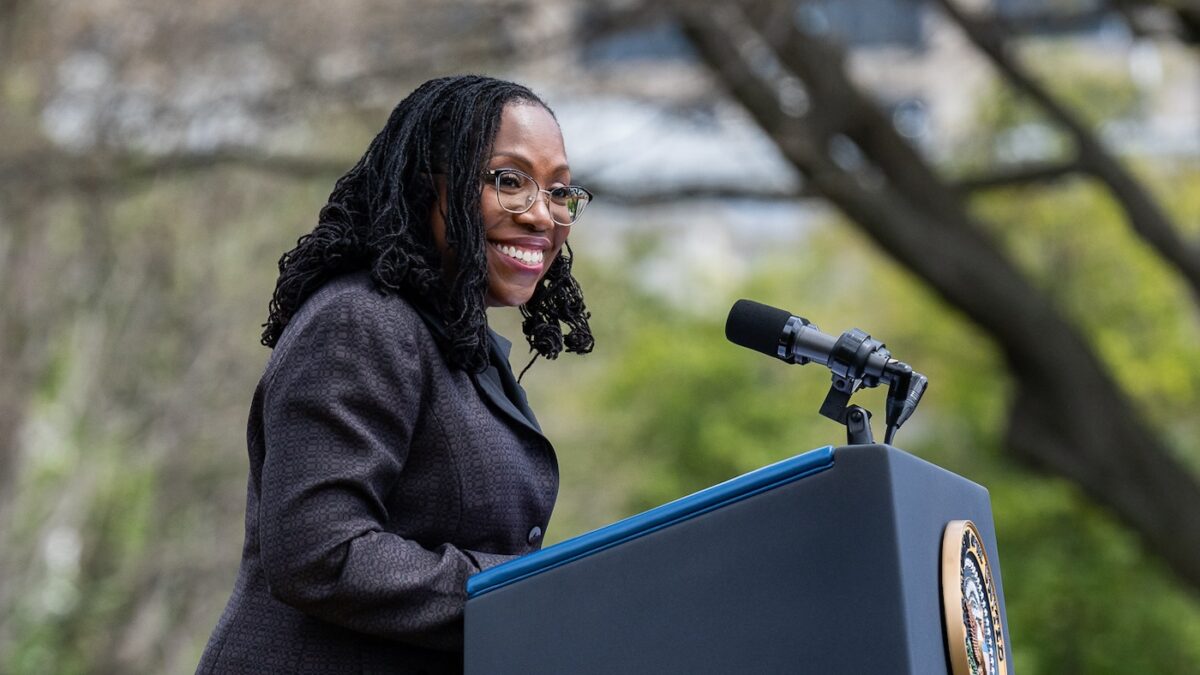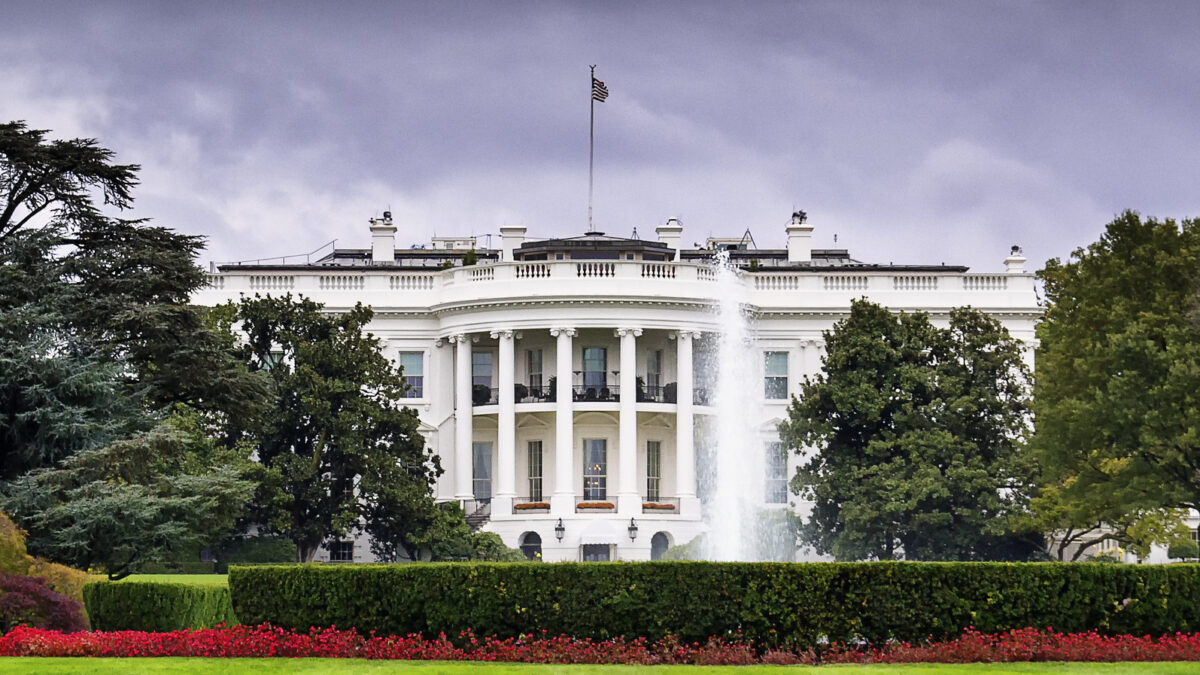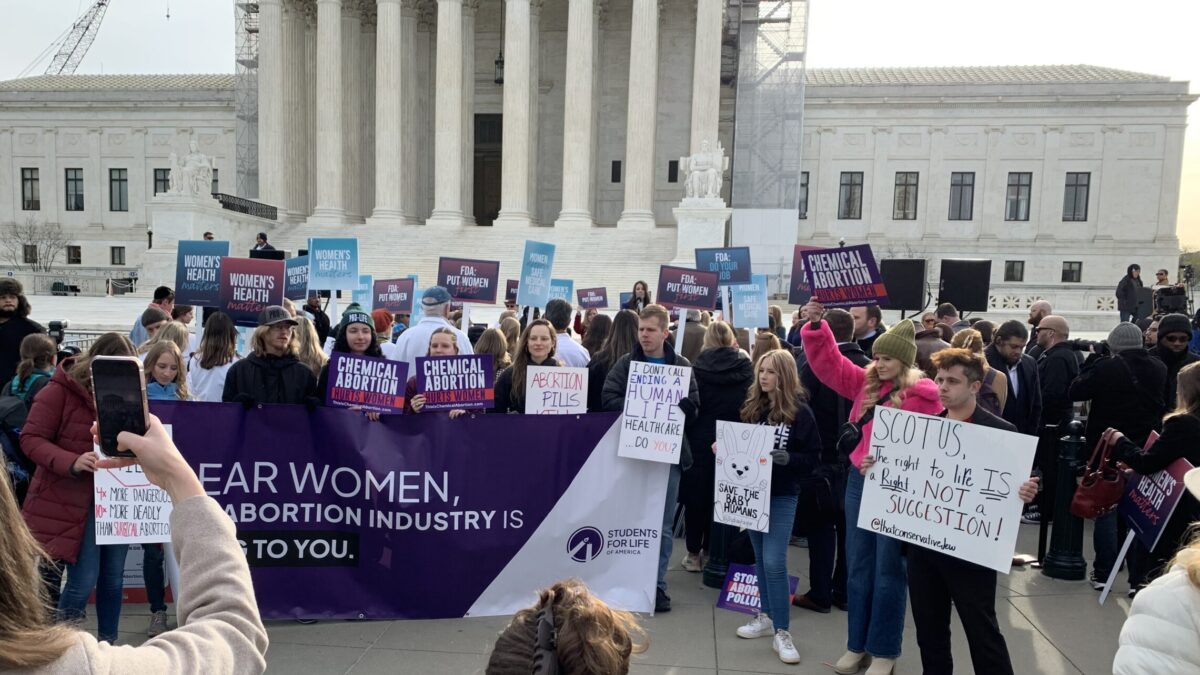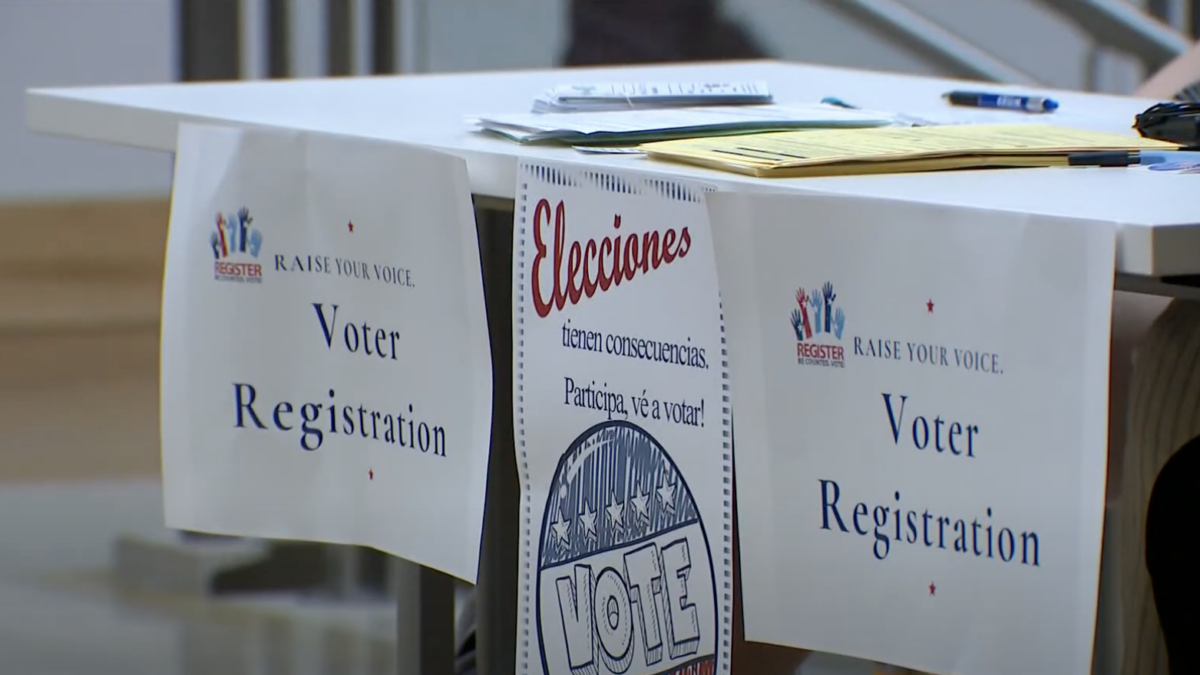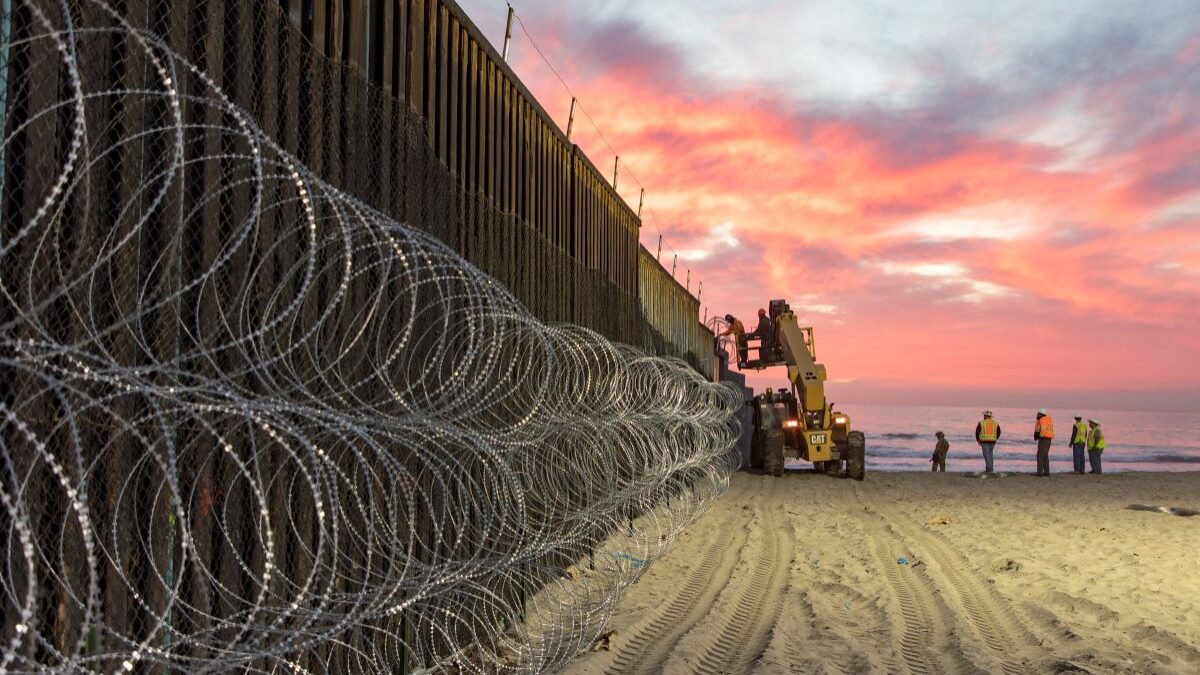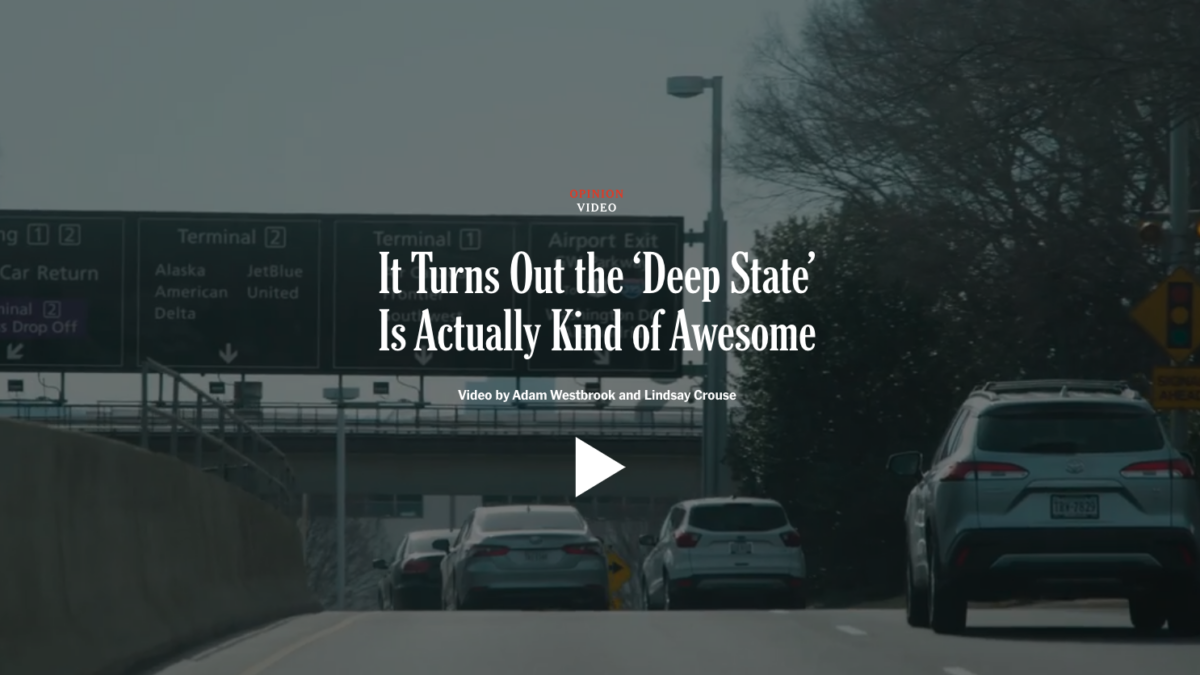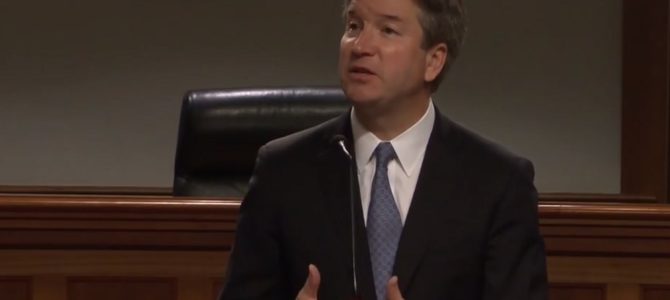
Ed Whelan of Bench Memos yesterday defended Judge Brett Kavanaugh’s jurisprudence in a host of areas, including religious liberty. I have great respect for Whelan. I have long been an admirer of his blog, checking it daily. But I fear he may be either working too hastily under time pressure, or blinded by his friendship with Kavanaugh, and in any case is mistaken in his defense of the judge’s religious-liberty jurisprudence. This explains in doctrinal detail why that is so.
Whelan first defends Kavanaugh in the case of Newdow v. Roberts, wherein the infamous atheist and serial litigator (Newdow) and others challenged the language of “so help me God” in the presidential oath as well as prayers at the presidential inauguration as violations of the Establishment Clause. 603 F.3d 1002 (D.C. Cir. 2010). Whelan points to Kavanaugh’s separate opinion where he reached the merits and found that the challenge fails.
The problem isn’t Kavanaugh’s analysis on the merits, which seems fine. It’s that Kavanaugh, disagreeing with the majority, even reached the merits at all. To do so, he had to find—and did find—that the plaintiffs had standing to bring the challenge because of offended-observer status. In other words, Kavanaugh’s opinion stands for the proposition (although he doesn’t use these words) that under the Establishment and Speech Clauses, the psychological harm of being offended is a sufficient injury to trigger the jurisdiction of a federal court to hear one’s lawsuit.
Kavanaugh concedes that “[i]t is true that the [Supreme] Court did not pause to expressly address standing in those religious display and speech decisions” he relies on. But the very fact the court has heard these cases is sufficient, he says, to support his reading.
That is a mistake. Supreme Court precedent is clear that if a court is silent on potential jurisdictional problems with hearing a certain kind of case, its decision to resolve a case of that kind doesn’t settle the jurisdictional issue—or, thus, entail that courts should hear such cases going forward. As even the most recent Supreme Court case on these issues makes clear, the court has never actually found offended observer status to be sufficient to convey standing.
The court reiterated this just last month in Hawaii v. Trump, where the plaintiffs claimed a similar “spiritual and dignitary” harm from President Trump’s travel ban. But the court declined to reach that argument because they found standing in another way, saving for another day the question as to whether mere offended observer status was sufficient for standing.
The fact that Kavanaugh was willing to expand standing in the area of the Establishment Clause beyond that which the Supreme Court has expressly done in the past is bad news for religious liberty. If his views were adopted by other courts, then other frivolous claims attacking religion in the public square would have a better chance of being heard in federal courts. Some judges would then part ways with Kavanaugh’s views on the merits, finding the Establishment Clause violated where it was not.
Pulling a Compelling Interest Out of a Hat
Whelan also defends Kavanaugh’s opinion in another case: Priests for Life. Likewise, in a recent op-ed on National Review Online, a former clerk of Kavanaugh’s wrote in defense of mounting criticism the potential Supreme Court nominee faces in social conservative circles. The former clerk, like Whelan, noted that “some have wondered why Judge Kavanaugh in his Priests for Life opinion referred to a ‘compelling’ government interest in providing women access to contraception.”
She defended her former boss, informing the reader that Kavanaugh “was describing the compelling interest that five Supreme Court justices had recognized in Burwell v. Hobby Lobby Stores, Inc. (2014), which [Kavanaugh] was bound to apply as a lower-court judge.” That’s simply false—it should be uncontroversially clear that Hobby Lobby did not require Kavanaugh to find a compelling interest in guaranteed contraception coverage.
In Hobby Lobby, the majority, with Justice Samuel Alito writing, only “assume[d]”—without deciding—that the contraceptive mandate served a compelling government interest, the test under the Religious Freedom Restoration Act (RFRA). The court did not have to determine whether the mandate actually was a compelling government interest because it found that the mandate failed the other requirement the government must satisfy to justify a substantial burden on someone’s religious exercise: namely, that the burden “constitute[s] the least restrictive means of serving that interest.”
As the five-member majority made crystal clear, “[w]e find it unnecessary to adjudicate this issue [of whether the contraceptive mandate is a compelling interest,” and “[w]e will assume that the interest in guaranteeing cost-free access to the four challenged contraceptive methods is compelling within the meaning of RFRA.”
Lower courts are not bound by the Supreme Court’s undecided assumptions. Yet in Priests for Life v. U.S. Dep’t of Health & Human Servs., Kavanaugh writes separately and goes out of his way to declare that “Hobby Lobby strongly suggests that the Government has a compelling interest in facilitating access to contraception for the employees of these religious organizations.” He argues that “the views expressed by a majority of the Justices in Hobby Lobby” support a finding that the contraceptive mandate is a compelling government interest.
Note, he didn’t say “by the majority” but “by a majority.” So how does he get to five justices? He counts the four dissenters (Ginsburg, Breyer, Sotomayor, and Kagan) and Kennedy’s concurrence. Then he defends their view with supporting detail—something he certainly didn’t have to do—by laying out an argument (without citing anything from the parties’ briefs or from the record) as to why “the Government has a compelling interest in facilitating women’s access to contraception.”
Now for Some Creative Supreme Court Interpretation
There are several problems with this, but let’s focus on just two. First, Justice Kennedy did not say that the contraceptive mandate is a compelling government interest. Rather, Kennedy stated that “[i]t is important to confirm that a premise of the Court’s opinion is its assumption that the HHS regulation here at issue furthers a legitimate and compelling interest in the health of female employees” (emphasis added).
From that confirmation of a premise of a mere assumption, Kavanaugh found sufficient evidence that Kennedy affirmed what the four dissenting justices explicitly said—that there is a compelling government interest in having the contraceptive mandate. The fact that Kavanaugh is stretching here to find himself bound by this view is deeply troubling.
Second, lower courts aren’t bound by the opinions of a majority of the justices. They are bound by the court’s holdings—by the reasoning of any controlling opinion. And if one opinion garners a majority in some case, it is the only controlling opinion. That was true of the majority opinion in Hobby Lobby: it had five votes, since Kennedy joined it in full.
Thus, the majority opinion is the controlling law, and it only assumes, and does not decide, that the mandate serves a compelling interest. Despite this, Kavanaugh finds that the four dissenters’ views, coupled with Kennedy’s at-best-ambiguous statements, control the day. It is right that Kavanaugh was bound by Hobby Lobby—he just chose to be bound by the wrong justices on the issue of compelling interest.
This Seems to Be a Pattern
If these were Kavanaugh’s only errors in religious liberty cases, perhaps they would be forgivable. Perhaps. But it’s part of a troubling pattern. Take Mahoney v. Doe, 642 F.3d 1112 (D.C. Cir. 2011), for example. There the majority, with Kavanaugh joining in full, found that a municipal prohibition on chalk drawings on the street in front of the White House, challenged by a Catholic priest and other Christian plaintiffs who wished to protest then-President Obama’s position on abortion, as well as the anniversary of Roe v. Wade, did not violate the religious plaintiffs’ religious freedom under RFRA.
The problem with the opinion Kavanaugh joined may not have been that the ordinance could withstand a RFRA challenge. There is certainly at least a plausible argument that the government had a compelling interest and had pursued that interest in the least restrictive way. Rather, the problem was the way the majority (which included Kavanaugh) analyzed the plaintiffs’ religious claim: it found that under RFRA, judges must “inquir[e] into the importance of a religious practice when assessing whether a substantial burden exists.”
The majority claims the court’s own precedent required that, but that precedent pre-dated the passage of the Religious Land Use and Institutional Persons Act, which modified RFRA and clearly stated that RFRA’s definition of “exercise of religion” includes “any exercise of religion, whether or not compelled by, or central to, a system of religious belief” (emphasis added). In short, the majority—including Kavanaugh—found that the Catholic priest’s sidewalk chalking of a pro-life message was not sufficiently central to his religion to be protected by federal law—a finding that is actually prohibited by federal law.
That finding, that “centrality” analysis, is detrimental to religious liberty. Courts should not be in the business of determining what is central and what is not to a person’s religion. The Supreme Court recognized as much in Thomas v. Review Board, and Congress codified that prohibition into federal law. Without it, judges will get to decide for themselves when your religious objection is not “central” enough to your belief system, and thus not worthy of even a chance at legal protection.
Kavanaugh joined the majority opinion without a peep about this doctrinal deformity that was contrary to law and a threat to religious freedom. What is more, he called it a “thorough and well-crafted opinion in its entirety.” He confidently declared, “I do not want the fog of First Amendment doctrine to make this case seem harder than it is. No one has a First Amendment right to deface government property.”
While that may be nice rhetoric, it’s not categorically true that no one has a First Amendment right to deface government property. For instance, if the government creates a government forum wherein sidewalk chalking is permitted, then people do have a right to “deface” that property, subject to reasonable time, place, and manner restrictions. A willingness to write flowery rhetoric at the expense of careful analysis and statements is not what is needed in the next nominee to the U.S. Supreme Court, especially when that rhetoric is supporting an opinion that undermines federal law designed to protect religious liberty.
Here’s Another Example of the Same
One more case should suffice to establish this pattern. In Kaemmerling v. Lappin, Kavanaugh joined the court’s opinion without writing separately. In the case, a prisoner (Kaemmerling) claimed that a federal law forcing him to provide a DNA sample, and that criminally penalizing him if he did not comply violated his religious free exercise rights under RFRA and the First Amendment. The court rejected his claims.
Perhaps that was the correct result, but the law isn’t just about results, it’s about how one gets there. Indeed, a court’s analysis—the doctrine created by the court’s path to a given outcome—is generally how any case affects the law that controls in future cases. The problem here was the D.C. Circuit court’s analysis on substantial burden—in particular, its holding that the criminal penalty for not cooperating did not substantially burden Kaemmerling’s religious exercise.
The court justified this holding on the ground that the prisoner “objects only to the collection of the DNA information from his tissue or fluid sample, a process the criminal statute does not address, and he does not allege that his religion requires him not to cooperate with collection of a fluid or tissue sample.” In other words, there’s no problem for Kaemmerling’s religious exercise here because the law only requires the extraction of the DNA from his body, and he’s objecting to the information that will be taken from the biological tissue he’s required to give—something the law is technically silent on, even though that information cannot be obtained without the required biological sampling.
Further, the court found that because Kaemmerling would religiously object to “involuntary and/or forced collection” of DNA, “[t]he criminal statute is … no inducement for Kaemmerling to cooperate and potentially violate his beliefs,” so he’s not in a position where he has to choose “between criminal sanction and personally violating his own religious beliefs.”
In other words, only people whose religious beliefs aren’t strong enough that they would be willing to forgo them to avoid criminal penalty get religious protection. This analysis and conclusion would blow a hole at the heart of our religious liberty protections, but Kavanaugh saw no problem with it.
To add insult to injury, when various folks like the Little Sisters of the Poor and others objected to the Obama administration’s insistence that religious people participate in the process of outsourcing abortifacient insurance coverage to a third-party, Obama Department of Justice lawyers cited the Kaemmerling case over and over in their briefing as to why there was no religious liberty problem with what the administration was forcing people to do.
This Is a Disturbing Pattern for a Potential SCOTUS Justice
Any one of these cases could perhaps be overlooked. Perhaps. But taken together, they evince a disturbing pattern in Kavanaugh’s jurisprudence. To see the doctrinal damage his opinions (or the opinions he joins) cause requires a careful reading. Even when the outcome he reaches is positive, his victory is a double-edged sword for religious liberty, creating weapons that can be used against it in the future. Religious freedom hardly needs any more pyrrhic victories.
As to why he has taken these stances, it’s unclear—but also irrelevant here. Maybe he doesn’t really fully understand religious liberty claims and the laws and legal doctrine that support them. He seems like a bit of a law-and-order judge, who, unlike Alito, isn’t inclined towards religious liberty claimants.
Maybe he doesn’t really care, even when the law requires otherwise (or at least doesn’t require his position). Maybe he’s just trying to thread the needle to avoid offending either side, with an eye on a future confirmation hearing. Or maybe this is just how he sees the law and the world. But any of those explanations disqualifies him, in my eyes, from being elevated to the Supreme Court.
All of this isn’t to say Kavanaugh would be a unmitigated disaster for religious freedom on the Supreme Court. He does sometimes vote for a pro-religious liberty outcome. The problem is that his vote is often littered with doctrinal time bombs that will do damage in years to come.
This is cold comfort for the millions of Americans for whom religious liberty is not only the defining freedom of their existence, but also the one they feel is most under threat. In the end, the question isn’t whether Kavanaugh would be better than Kennedy has been on these issues. The question is whether he’s our best option for this nomination. Based on the evidence I’ve seen in his jurisprudence, Kavanaugh poses too big of a risk of disappointing on religious freedom to be placed on the nation’s highest court.
I therefore respectfully dissent from Whelan’s and Kavanaugh’s views.


